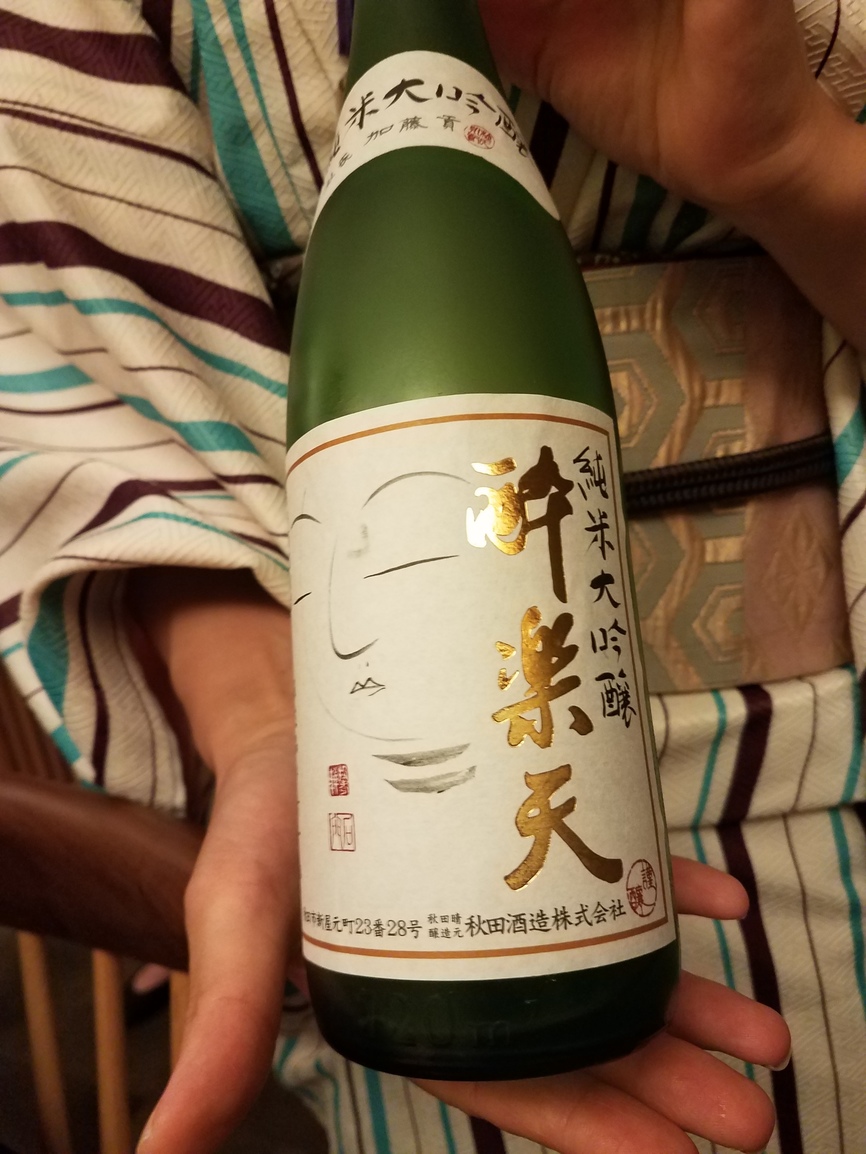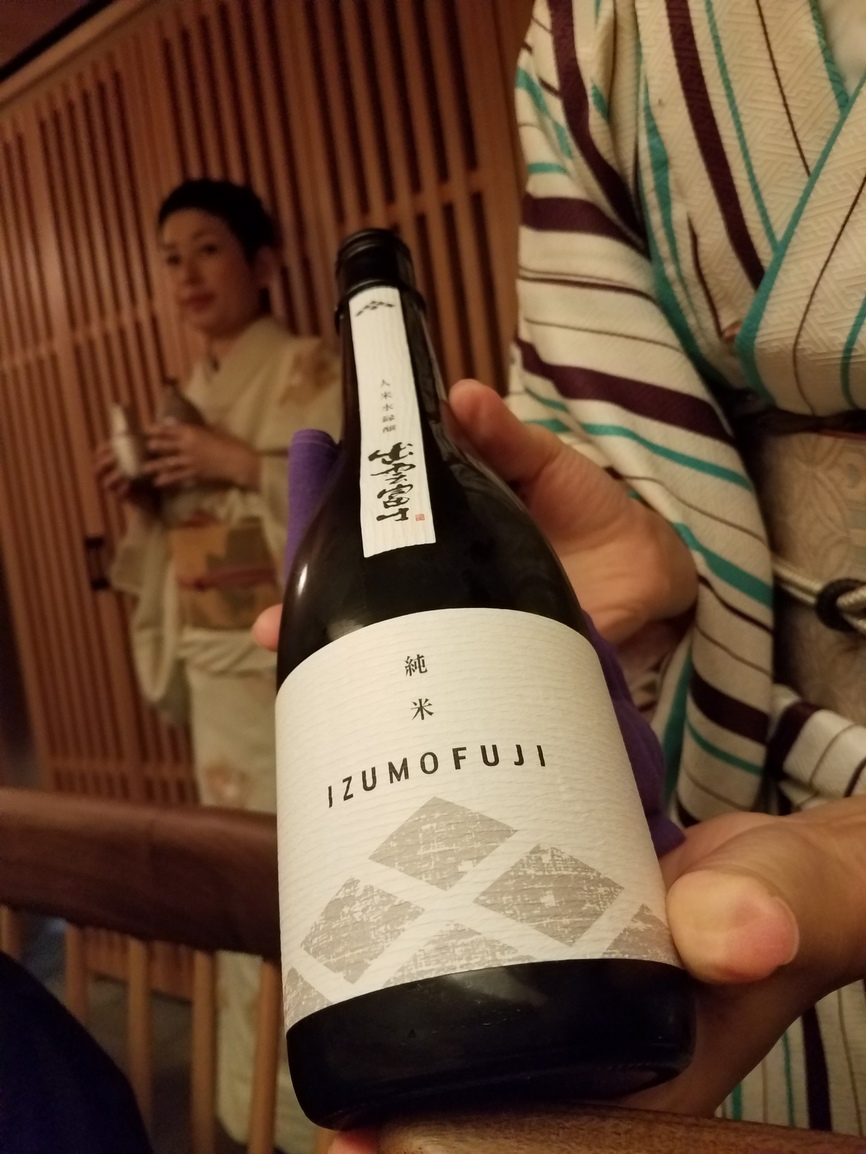A few sakes I had recently
Akitabare Suirakuten “Heaven of Joyous Delight” - Flowery with a hint of savoriness

Kokryu Black Dragon - Savory

Izomufuji - Light and crisp

Kamoizumi “Sachi”- well aged sake. Rich, savory. Reminds me of awamori.

A few sakes I had recently
Akitabare Suirakuten “Heaven of Joyous Delight” - Flowery with a hint of savoriness

Kokryu Black Dragon - Savory

Izomufuji - Light and crisp

Kamoizumi “Sachi”- well aged sake. Rich, savory. Reminds me of awamori.
